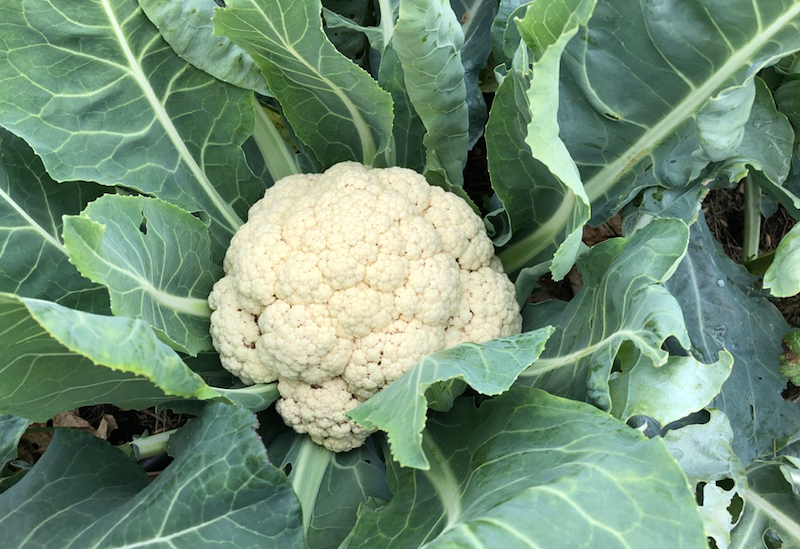As many of us have experienced firsthand, summer gardening can be grueling. So, here are some ideas for starting over with an edible fall garden that’s ready to plant when temperatures cool and pests die back.
Even the most energetic growers, some who’ve been active since the beginning of the year, can feel a little worn out come August. By this point, your summer crops may either be so productive that you’ve run out of counter space in the kitchen and feel guilty every time you try to “gift” more summer squash to the neighbors, or your garden is in such decline (wrought with pests and disease) that you’ve decided you should burn it all down.
It can be hard to regroup and start preparing for fall planting in the heat of summer, but I would argue it’s well worth it. Working outdoors as the weather cools is not only pleasant, but it can be very productive. While it’s still a little warm for cool season vegetables like leafy greens and peas, it’s a great time to start those seeds indoors.
Why indoors?
Well, there’s a lot of good reasons to start certain vegetables indoors when it comes to fall gardening. First and foremost, starting your own seed in the late summer, as in other seasons, will give you greater access to fall plants. Although a few local nurseries and Kansas City Community Gardens will have some late season vegetable starts, growing your own will definitely open up your access to a wider range of plant types (e.g. fennel, kohlrabi, tatsoi). Likewise, starting plants in small containers or plug trays will help you improve germination rates, which is especially challenging in the summer due to higher temperatures and periods of drought. One missed day of watering outside can fry tender seedling before they ever break through the garden soil.
Space may be another factor. Starting cool season veggies indoors will give you more time to harvest established outdoors plantings without sacrificing the days required for longer to mature vegetables (i.e. broccoli, rutabaga, chard). Indoor planting can be just as helpful to ensure quicker establishment with crops like spinach, lettuce, chard, beets and even succession plantings of cucumber and summer squash. And of course weed competition is lessened when you start with transplants.
The best thing about fall transplant production is the access to natural light. Once seeds start to germinate they’ll need direct light, and unlike spring starts, you can take plants outside without the risk of cold damage. But keep in mind there are certain crops like carrots, sweetcorn, and beans, which you can still plant late summer, but are best directly seeded outside.
When should I start?
When planting mid-July through early August, it makes sense to start seeds indoors for a variety of the longer maturing fall crops like cabbages, cauliflower, broccoli and cool season herbs (cilantro, parsley, chives).
August through early September temperatures are cooling, and you’ll have improved success with direct seeding leafy greens (lettuces, arugula, spinach mustard greens, collards, kale) or root crops like beet, turnips and radishes.
A good rule of thumb is to look at the “days to maturity” listed on your seed packet and work backwards from our average fall frost, which is October 23 here in the Kansas City metro. Tack on a few extra weeks in the fall to account for slowed plant growth due to decreasing temperatures and shorter day length. This will give you a good idea of when you need to start seed either indoors or outside so you can harvest before a hard freeze. You can usually plan to transplant outside about four to six weeks from seeding.
For some gardeners, now’s the time to find that second (or third) wind. For others it just lets you know you still have time to start that 2022 kitchen garden. As most seasoned growers in Kansas City know, fall can be the most enjoyable time to raise plants outside. Moreover, some cool season crops that ripen in colder temperatures have better flavor than the same varieties grown in spring.
Happy fall gardening!
Story and photo: Zac Hoppenstedt, Horticulture Agent, Johnson County K-State Research and Extension





